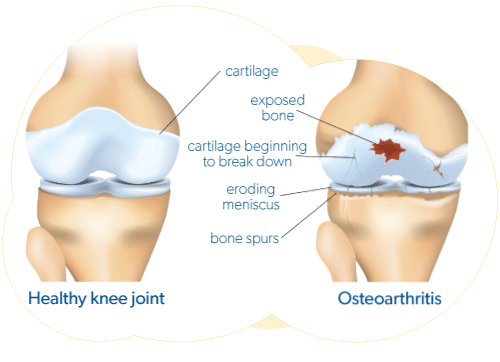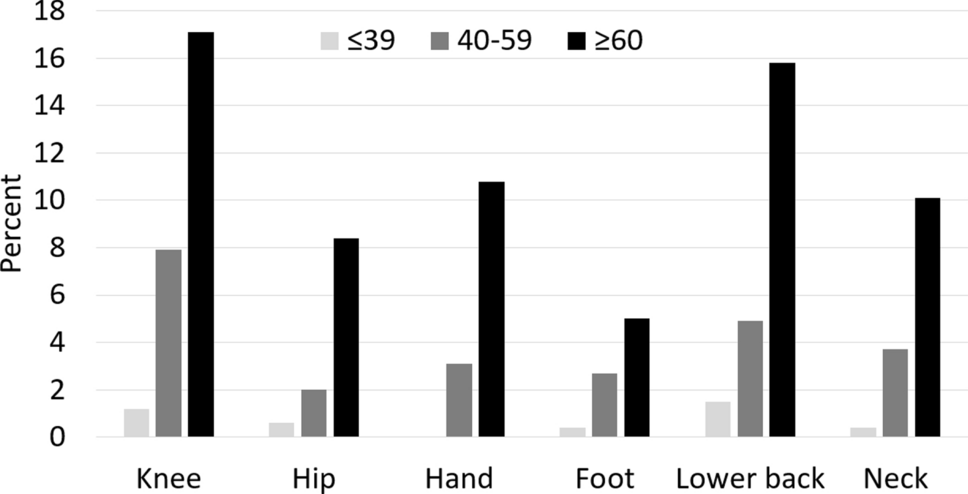So, you’ve been diagnosed with knee osteoarthritis? What does that mean?
Osteoarthritis, or OA, is a condition that affects our joints of get body where our bones meet. Osteoarthritis affects the whole joint, but mostly the articular cartilage – the slippery surface and protection at the ends of the bones. Osteoarthritis is the most common form of arthritis, with approximately 4 million (1 in 7) Canadians being affected by it (ref: arthritis.ca).
The body is constantly maintaining and repairing damaged tissues in our joints. Even normal joint functioning can lead to damage in these tissues and this process goes on whether we have osteoarthritis or not. In instances where the body struggles to keep pace with the repair process or when there is an excessive amount of tissue requiring repair, osteoarthritis may begin to manifest.
For many individuals, this damage tends to occur when their otherwise healthy joints endure prolonged periods of heavy strain. However, individuals with structural variations in their joints or those who have previously experienced joint injuries may encounter accelerated joint damage even with regular strain. Another risk factor for osteoarthritis is being overweight or obese, as the additional body weight imposes significant stress on weight-bearing joints.This can happen due to factors like aging, injuries, or even just regular wear and tear. As the cartilage breaks down, the bones can rub against each other, causing pain, swelling, and stiffness in the affected joint. It can make it harder to move and do everyday activities. Osteoarthritis commonly affects weight-bearing joints like the knees, hips, and spine, as well as the hands and fingers. While there is no cure for osteoarthritis, there are treatments available to help manage the symptoms and improve the quality of life.
What about Knee Osteoarthritis?
As one of the primary weight bearing joints, and one of the most commonly injured joints, the knee is the most common place for osteoarthritis to develop. In British Columbia, a recent study estimated the prevalence of knee osteoarthritis at about 9% of all adults 18 years of age and older.
While a lot of people getting the same disease is not a great thing, there is one silver lining. A lot, and we mean a lot, of resources have been poured into studying knee osteoarthritis across the globe. As a result, we have a lot of great research that tells us just how we can manage osteoarthritis effectively. The FusionPhysio Knee OA Advice and Education Centre is all about gathering the best information from the best sources and clearly communicating this information to you in conjunction with your physiotherapy sessions.

